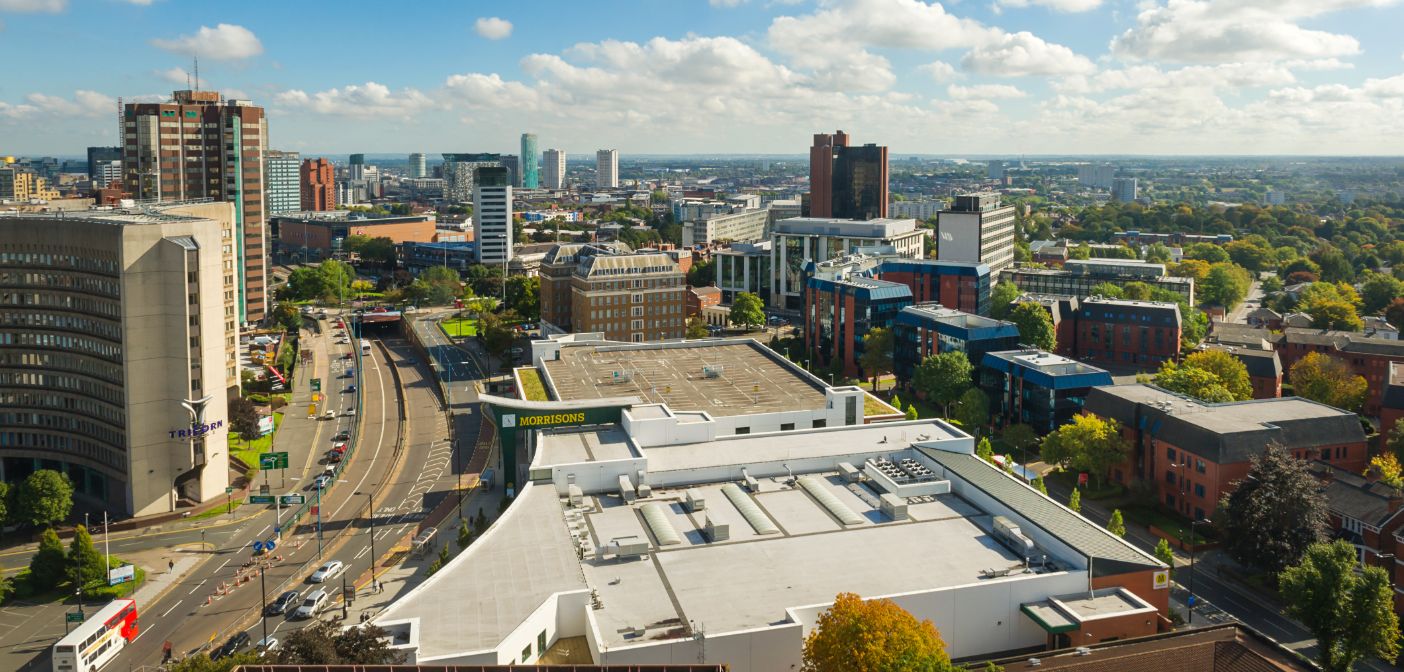Pollution levels in Birmingham's Clean Air Zone have been slashed by almost 40 per cent, according to a progress report just issued.
And, as she welcomed the report, transport lead Councillor Liz Clements vowed to build on the success of the Zone which was launched in June 2021.
The key results from this latest progress report are as follows:
- In 2022 the levels of nitrogen dioxide in the Clean Air Zone reduced by an average of 17% when compared to 2019 (pre-COVID) results. When compared to 2016 (the year used in the original modelling for the Clean Air Zone) there has been a reduction of 37%*
- The percentage of ‘non-compliant’ vehicles entering the Zone has reduced from 15.2% in June 2021 to 6.0% in June 2023, which represents an improvement of 9.2 percentage points (a reduction of 60.5%).
- The average number of unique vehicles entering the Zone each day has increased from 98,112 in the first year of operation (June 2021 – May 2022) to 102,392 in the second year of operation (from June 2022 to May 2023)
- There are two areas in the Clean Air Zone where there are ongoing exceedances of the legal limit for nitrogen dioxide. It should be noted that while there are ongoing exceedances in these areas the levels of nitrogen dioxide are reducing. Those areas are in the vicinity of the Moor Street interchange and St Chads Queensway. In addition to those areas within the Clean Air Zone there are three locations on the A4540 Middleway with levels of nitrogen dioxide that are currently above the legal limit.
Birmingham’s Clean Air Zone was launched in 2021 as part of the Council’s plan to tackle the risk to public health caused by poor air quality. The scheme is designed to specifically address the air pollutant nitrogen dioxide and to do so in the shortest possible time.
This is the Council’s second progress report on the Clean Air Zone and makes use of the data from the Annual Air Quality Status Report for 2022 and the network of Automatic Number Plate Recognition (ANPR) cameras used to support the operation of the Clean Air Zone. Further work to better understand the sources of the ongoing exceedances of nitrogen dioxide in the areas within the Zone and on the A4540 has already taken place.
A common theme emerging from this work is that while the percentage of compliant vehicles moving through these areas is broadly similar to all vehicles entering the Zone, the combination of vehicle volume and other environmental factors in each area could be slowing down the rate of improvement. However, further work is required to better understand the scale of change required to achieve the desired reductions in nitrogen dioxide.
Cllr. Liz Clements, Cabinet Member for Transport at Birmingham City Council, welcomed the findings of this latest progress report, saying: “Tackling the health inequalities caused by poor air quality is vitally important, so it’s encouraging to see that the levels of nitrogen dioxide in the city centre are continuing to reduce.
“I want to thank everyone in the city who has helped to make this change possible. However, there is more work to do. There are now far fewer of the most polluting vehicles entering the city centre.
“But we have to find ways to support and encourage more people to leave their vehicle at home more often. An overall reduction in the volume of vehicles driving through the city centre will help improve air quality, reduce carbon emissions and create a more enjoyable environment for everyone.”











